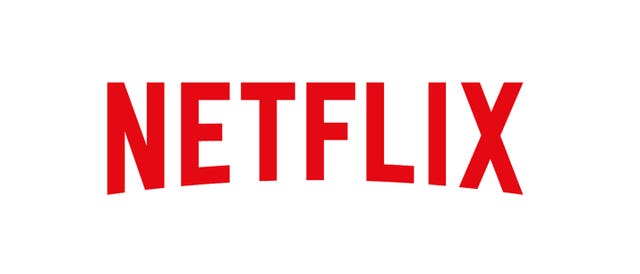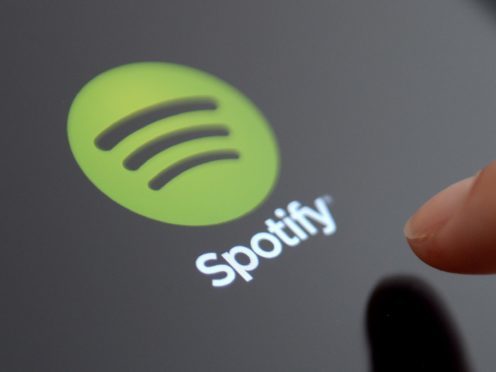UK subscriptions to streaming giants such as Netflix and Amazon have overtaken traditional pay TV subscriptions, such as Sky and Virgin, for the first time.
The change marks a major shift in the UK’s viewing habits, communications regulator Ofcom said.
The total number of UK subscriptions to the three most popular online streaming services – Netflix, Amazon Prime and Now TV – has reached 15.4 million.

It has overtaken, for the first time, the 15.1 million subscriptions for pay TV, which includes Sky (excluding Now TV), Virgin TV, BT TV, TalkTalk TV and YouView households.
It came as a first was also recorded in the music industry, where revenues from online streaming subscriptions exceeded physical sales for the first time.
Music streaming services such as Apple Music and Spotify have been soaring in popularity.
Ofcom said that total retail music sales grew by 6% between 2016 and 2017, driven by a 38% increase in online streaming service subscriptions to £577 million.
A 7% decline in the sale of physical formats, such as CDs, to £470 million meant that for the first time, subscription revenues are larger than physical sales.
There has been a 25% drop in sales of music downloads.
For the first time, in the first quarter of 2018, more than half of all radio listening hours (50.9%) were through a digital platform – DAB, online or through digital TV.
The report also mentions UK cinema admissions, saying that they have remained relatively unchanged at around 170 million since 2002.
This suggests going to the cinema is still an experience relished in the UK, despite the growth in streaming services, in contrast to the picture in the US, where sales are down.
Ofcom chief executive Sharon White said the change to TV viewing was part of a rapid change in “what we watch and how we watch it”.
“We have seen a decline in revenues for pay TV, a fall in spending on new programmes by our public service broadcasters, and the growth of global video streaming giants. These challenges cannot be underestimated,” she said.
“But UK broadcasters have a history of adapting to change. By making the best British programmes and working together to reach people who are turning away from TV, our broadcasters can compete in the digital age.”
